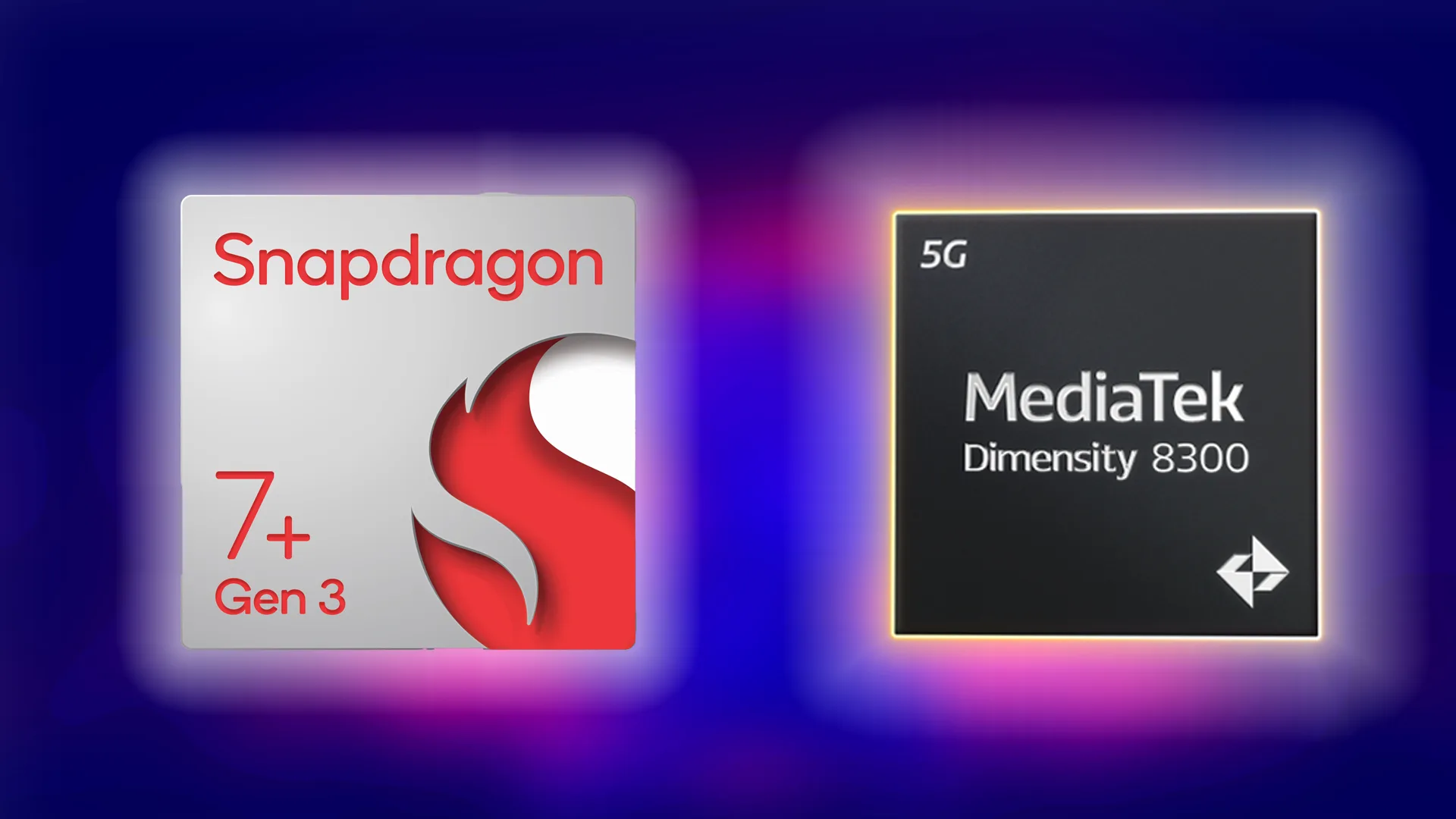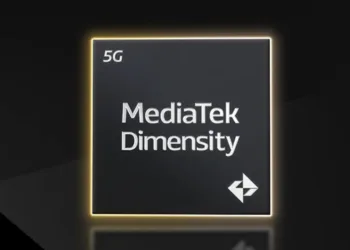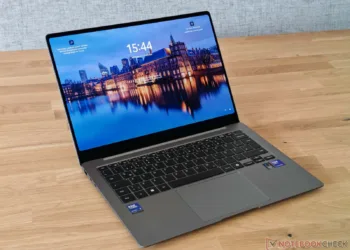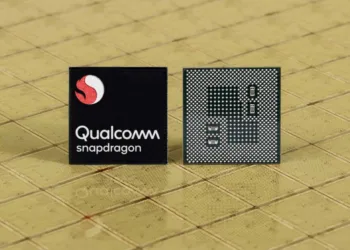MediaTek introduced its latest flagship chipset, the Dimensity 9300, which competes directly with Qualcomm’s Snapdragon 8 Gen 3 chipset and boasts hardware-based ray-tracing and Wi-Fi 7 compatibility.
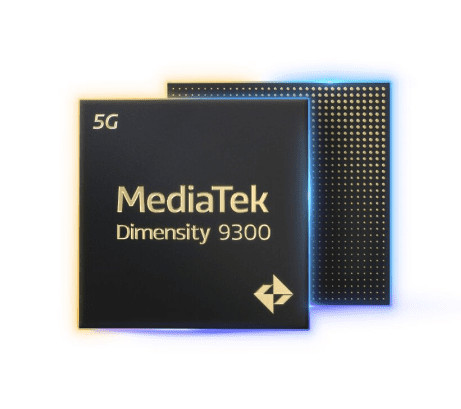
The All New MediaTek Dimensity 9300
Manufactured using TSMC’s 4nm process, the Dimensity 9300 differs significantly from Qualcomm’s offering in terms of architecture. While the Snapdragon 8 Gen 3 features a single X4 prime core supported by five A720 and two A520 cores, MediaTek has taken a unique approach, equipping the Dimensity 9300 with four Cortex-X4 cores running at 3.25GHz and three slower X4 cores operating at 2.0GHz.
MediaTek asserts that the Dimensity 9300 achieves a 33% improvement in power efficiency compared to the existing Dimensity 9200 chipset and enhances single and multi-core performance by 15% and 40%, respectively. The company’s rationale is that, rather than opting for power-efficient cores, they chose larger cores for less demanding tasks because they can process requests more swiftly while consuming the same power as the smaller cores.
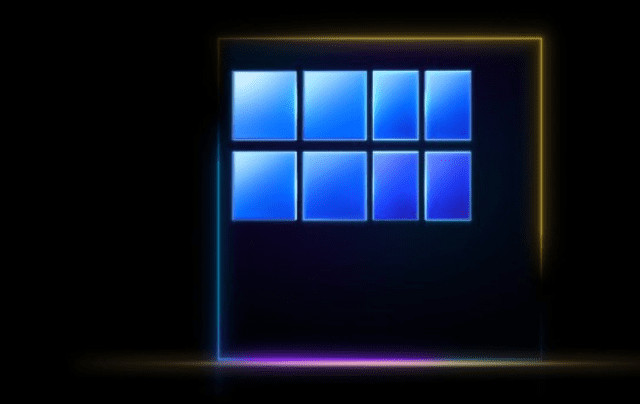
Additionally, MediaTek states that the new APU 790 AI processor, included with the latest chipset, is 8 times faster than its predecessor in terms of generative AI performance while consuming 45% less power. This upgraded APU also supports popular large language models like Meta’s Llama 2 and Baidu AI LLM. When running Stable Diffusion locally, the new processor can generate images in under a second, similar to the capabilities of the Snapdragon 8 Gen 3.
In terms of GPU performance, the Dimensity 9300 features the ARM Immortalis G720, which is claimed to be approximately 46% faster and 40% more power-efficient than last year’s Dimensity 9200. MediaTek also introduces its 2nd Gen hardware ray-tracing engine, which enhances performance by 46% and enables users to play ray-tracing-enabled games at 60 fps while multitasking.

The chipset supports refresh rates of up to 180 Hz at WQHD resolution and includes a dedicated image stabilization module in the camera ISP. On the camera front, the new chipset supports 100% pixel-level autofocus, dual lossless zoom, and 3-microphone HDR audio recording, along with Google’s Ultra HDR format.
While MediaTek has not yet disclosed which phones will feature the Dimensity 9300 chipset, speculations suggest that it will debut on the Vivo X100 series, expected to hit the market sometime in November this year.


